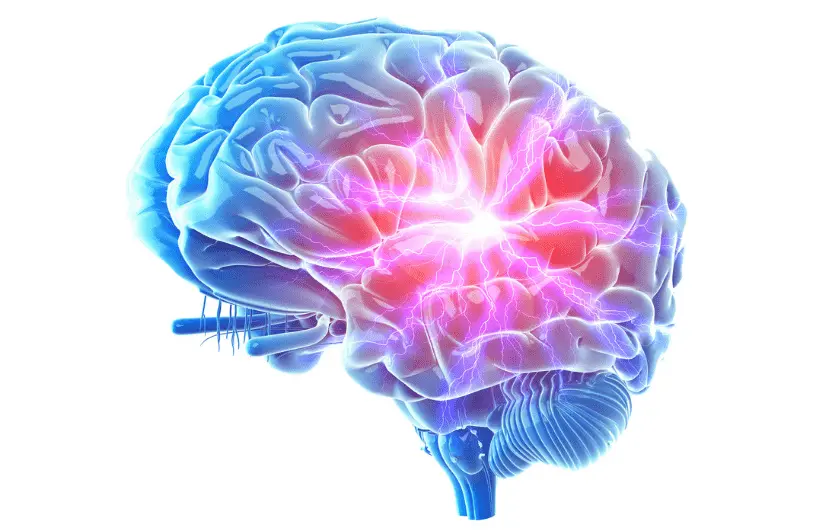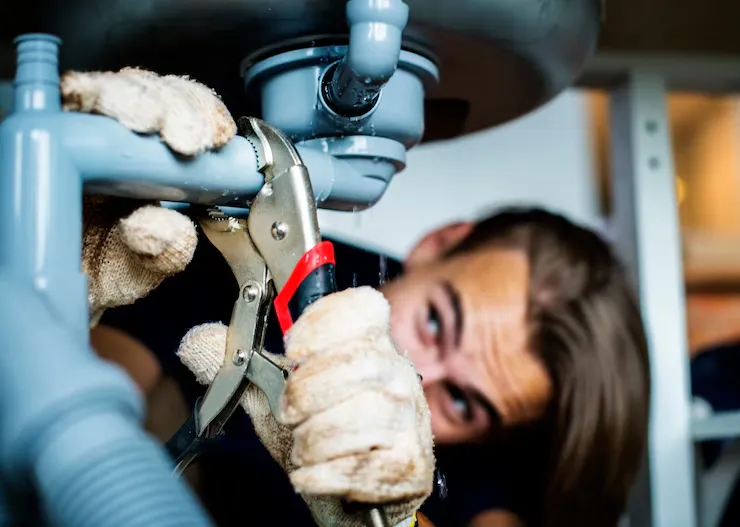By Joanne Richard.
Canadians of all ages are feeling the impacts of the pandemic outbreak but older workers have been particularly hit hard in the accompanying economic downturn.
“Older workers are likely to be more experienced, more costly, and therefore at greater risk…”
According to AARP research, since the onset of COVID-19, workers 55 and older lost jobs sooner and were rehired slower. It typically takes them twice as long to find work again compared to their younger counterparts ages 35 to 54.
This segment of the workforce is talented, committed, and flexible, with a litany of valuable transferable skills, yet the still-flourishing ageism trend acts against them in the workplace and, apparently, so too the seniority that had protected them in earlier downturns, particularly as they navigate the challenges associated with the aging brain.

“Older workers are likely to be more experienced, more costly, and therefore at greater risk, when there is an economic contraction and employers want to cut payroll costs,” says Dr. Michael Merzenich, renowned neuroscientist at the University of California and a world authority on brain plasticity.
“They may also be perceived as less tech-savvy and less able to adapt to working remotely – though that is often inaccurate, since these are workers with decades of good work habits.”
As vaccinations roll out and the economy bounces back, there’ll be new opportunities rolling out.
Don’t let unemployment be career-ending. As vaccinations roll out and the economy bounces back, there’ll be new opportunities rolling out. And while starting a new career may be daunting, neuroscience tells us that change and challenge are good for the aging brain.

According to Merzenich, rejoining the workforce will require uncovering hidden skills and abilities by trying out new careers or retirement work, and getting proactively creative.
No matter your age, never underestimate your ability to meet challenges and evolve in changing times. “We are constructed to change. Brain plasticity – the ability of the brain to change chemically, structurally, and functionally throughout life – is our greatest human asset,” says Merzenich, who developed the new field of brain training exercises and is a regular on PBS as the subject of Brain Secrets and The Brain Revolution.
At any age, every brain is capable of very substantial change, in an improving and strengthening direction.
Progressively challenging forms of brain usage grow brain power, he says. Your brain is enlivened by challenges that require new skill acquisition and new learning. “At any age, every brain is capable of very substantial change, in an improving and strengthening direction.”
Incredibly, the negative changes in the brain that contribute to functional and neurological decline are very substantially reversible – at any age. “The likelihood that you will progress to ‘lose your marbles’ is substantially within your hands because the great majority of people have the capability to ‘turn back the clock’ vis-a-vis their organic brain health and its functional powers.”

Merzenich offers these tips to help older job seekers rejoin the workforce:
- Put some serious thought into how you want to spend the rest of your life, including on that next job. While you need to be realistic about what’s possible, always remember how life-affirming it can be to really enjoy your days at work. “If that means redefining yourself to some extent, get to work on it. Your brain is plastic. You can develop and elaborate the skills and abilities that prepare you for that more interesting and rewarding next job.”
- Be like a kid again, technology-wise. Network with friends and former working colleagues. Connect with individuals who can help you find that job – and could help you redefine yourself on the path to a new job and a happier life, particularly as you navigate the challenges associated with the aging brain. Explore the internet tools and apps that job seekers use in 2021, because learning new things outside your comfort zone is good for your brain and for you.
- Be like a kid again, in general. You have the power, within yourself to grow to be a substantially more effective and strongly connected person. That requires you to reconnect with the world in a mindful way. That includes adopting a life of continuous new learning, and giving your brain more exercise, from this day forward. Brains are like bodies. Without exercise, they get sluggish, and have trouble keeping up. With exercise, they are capable of remarkable functional restoration. His book Soft-Wired offers a more extended explanation about how your brain’s plasticity enables life-long personal growth.
- Look for things to do, in a job hiatus, that you truly love to do, or that you believe are important to contribute to the world. Lots of wonderful later life jobs are outgrowths of such high-value and often life-changing experiences. Imagine a future life in which you actually love to go to work, every single day. What would that job look like? It’s all about encouraging individuals to rethink aging and envision fulfilling opportunities beyond traditional retirement.
- Exercise your brain. “Our global research team has developed, tested, refined, and validated (in 100+ studies) the brain exercises at brainhq.com. The exercises focus on improving your speed and accuracy in processing both visual and auditory information,” he says. That’s the foundation for driving gains in higher cognitive function and everyday activities. It’ll translate into feeling more “with it” and noticeable changes in your everyday performance.




